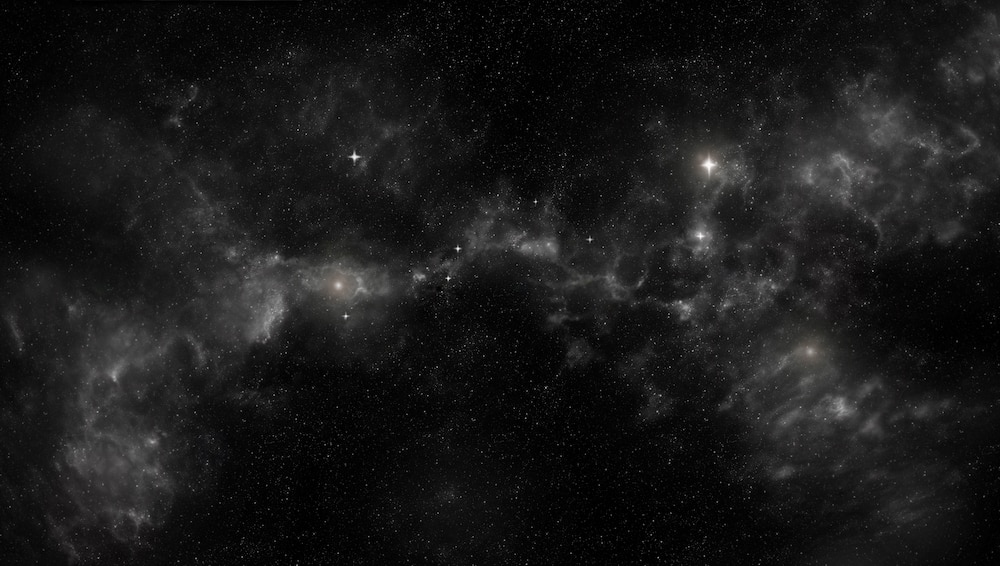Create a free profile to get unlimited access to exclusive videos, sweepstakes, and more!
Hey, exoplanets have magnetic fields too (and maybe life)!
At least some exoplanets were thought to have a magnetic field, but none had ever been found — until now.

If you ever wondered why we exist, part of the answer is Earth’s magnetic field. At least our planet wouldn’t be able to hold on to its protective atmosphere without it.
Mars is the poster child for what can possibly happen if a planet has no magnetic field. Sun-blasted and apparently barren, it is thought to have once been Earthlike, with surface lakes and possible life (the signs of which are being scoured for by Perseverance), but the lack of a dynamo is believed to have opened up to taking a beating from solar winds and cosmic radiation. Radiation still shreds what is left of the Martian atmosphere, if you can call even call it an atmosphere. But do exoplanets have magnetic fields or are they all dead?
It was thought that at least some exoplanets must have a magnetic field, but none had ever been found — until now. HAT-P-11b has finally proven that there are other magnetic fields outside our solar system. The Neptune-sized exoplanet was observed to have some weird particles floating around it and streaming away like a comet tail, and further investigation by a research team led by Lotfi Ben-Jaffel of Institut Astrophysique de Paris and Gilda Ballester of the University of Arizona revealed this is caused by a magnetic field. They recently published a study in Nature.
"What is new here is that the magnetosphere exists, which implies that that the magnetic field on this exoplanet is substantial,” Ballester told SYFY WIRE.
Just 123 light-years from Earth, HAT-P-11b is 26 times the mass of Earth and was observed by Hubble in UV. The wavelengths in that part of the spectrum are too short for human eyes. It is surrounded by a cloud of carbon ions, charged particles whose charge is the result of them having gained or lost an electron. Ions interact with magnetic fields and sometimes interact with a planet’s magnetosphere (the region in which the magnetic field is the dominant field) to set off dazzling auroras like those that flash in the skies of Earth and Jupiter. Whether auroras occur on HAT-P-11b remains unknown.
As HAT-P-11b was transiting the star it orbits, Hubble caught the carbon ions hanging out around the planet and escaping in what is called a magnetotail, which is about as long as the distance from the Earth to the Sun. They can zoom out into space at speeds of up to 100,000 mph. Just observing planetary transits in UV could give away whether there are any suspicious ions crashing into what could only be a magnetic field, but it gets more complicated. Computer simulations of HAT-P-11b gave the researchers a better idea of what’s in the air and beyond.
Earth and HAT-P-11b have similar physics going on in their magnetospheres, but it ends there. The exoplanet is an alarmingly short distance from its star. Earth is twenty times further from the Sun. It also has more elements heavier than hydrogen and helium in its atmosphere, giving it a high metallicity, which makes it something of a mystery. Jupiter and Saturn are ginormous, with strong magnetic fields but low metallicity. Neptune and Uranus are smaller and have weak magnetic fields. The problem is that their atmospheres are full of metals. So what does that make HAT-P-11b? This might hint at what its star system formed out of. Ballester did not expect to find its type of atmosphere.
"The low atmospheric metallicity was not expected," she said. "The atmospheric metallicity of this exoplanet is similar to Jupiter and Saturn which have 5 times the metallicity of the Sun, and the case is even worse in terms of formation because the host star has twice the metallicity of the Sun and its formation disc possibly also did, though this connection has not been proven."
What is especially important about being able to detect magnetospheres on exoplanets is that this is a huge step towards determining habitability. There are many factors that can help predict whether a planet has a chance at habitability or not, including organics on the surface or in the atmosphere, and how far away it is from the scorching heat of its star, but a magnetic field was previously missing. Knowing about a planet’s magnetic field could give more insight into what that planet is supposed to look like and how shielded it is from killer radiation.
HAT-P-11b is a gas giant, so it is unlikely to host life, or at least life as we know it. It is shrouded in an atmosphere of about 90% hydrogen and may or may not have a rocky core. With a temperature around 1,100 degrees Fahrenheit in the lower part of its atmosphere, it is also inhospitable. Water cannot condense in the lower atmosphere because of such high temperatures, meaning there are no water droplets for microbes to cling to in the air, as they can on Earth (and hypothetically could on Venus). Anything creeping around on there would probably have to be a life-form we may not even recognize as being alive.
"No model to date has considered the formation of a low-metallicity exoplanet of the low mass like that of Neptune," said Ballester. "They have considered the formation of much lower mass exoplanets, super-Earths near the star, or of larger gas exoplanets far from the star, but not this in-between case."
More models and explanations will be needed to really dissect HAT-P-11b. Maybe something else in the atmosphere, which is there because of its magnetosphere, could tell us what it's hiding.


























